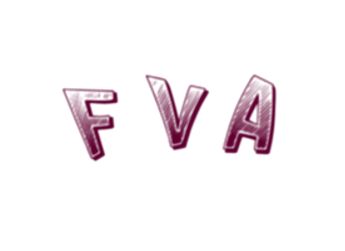188 reads
Why I Decided to Create a Photo Organizer and What I Learned as a Result
by
May 1st, 2023
Audio Presented by
Story's Credibility

About Author
Please refer to https://github.com/dimanikulin
Comments
TOPICS
Related Stories
The Napkin Business Canvas
Nov 25, 2016
The Napkin Business Canvas
Nov 25, 2016
